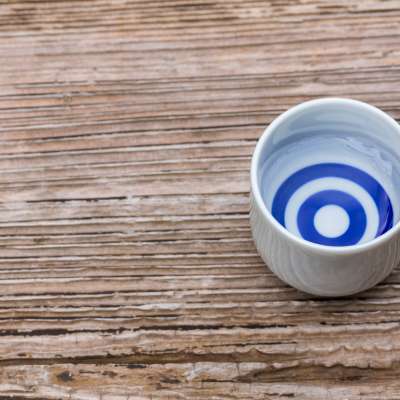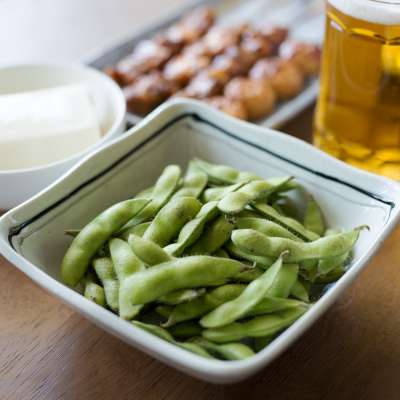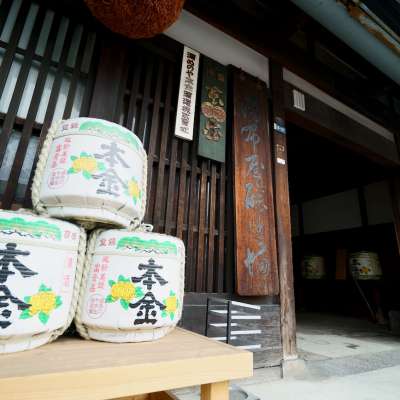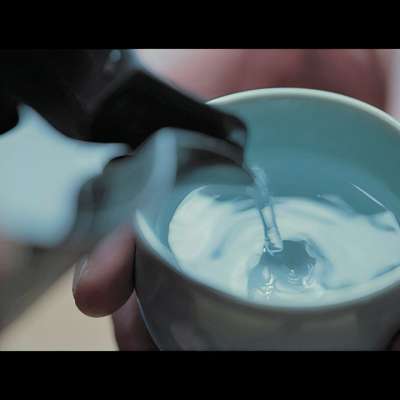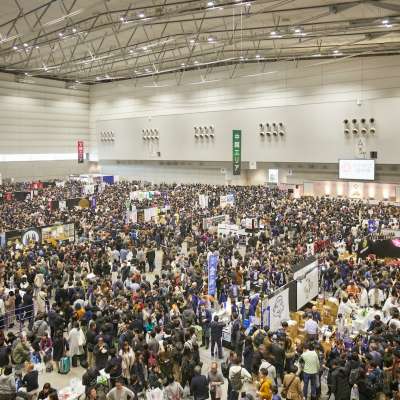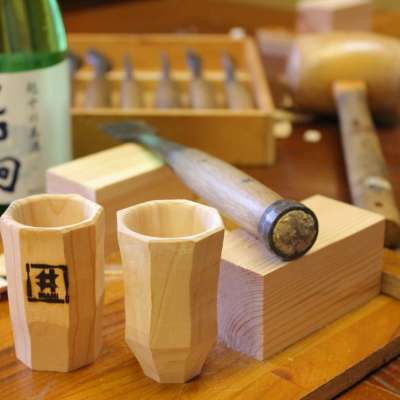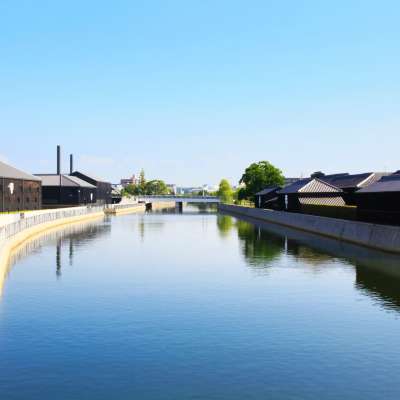Tasting locally made sake is a treat when traveling around Japan
Made essentially from just rice and water, sake is Japan’s national drink.
Sake breweries exist throughout Japan, many utilizing local ingredients. Some, but not all, sake breweries are open to visitors, so why not visit them while traveling?
Enjoy a variety of alcoholic beverages in Japan
A superb selection of alcoholic drinks is made proudly in Japan. Sake, beer, and whiskey are particularly renowned, alongside umeshu liqueur, gin, wines, and many others.
All of these beverages, you can enjoy in an Izakaya. Izakaya, or Japanese pubs, serve a variety of food that you can enjoy with your drinks. They’ll soak up the alcohol, while you soak up the lively atmosphere.
Alternatively, if you fancy a drink in the comfort of your hotel or the great outdoors, you can also buy drinks from sakaya (sake shops), supermarkets and, even convenience stores.
The most famous Japanese alcoholic drink is sake
Undoubtedly the most famous Japanese alcohol is known abroad simply as sake. Its Japanese name is nihonshu, of which the “nihon” means Japan. So deep are the historical and cultural connections of sake, Japan is literally in its name.
Sake is often described as rice wine, as it has a similar alcohol content and can also be paired with food. As with wine, the right sake pairing brings out the flavor of Japanese cuisine.
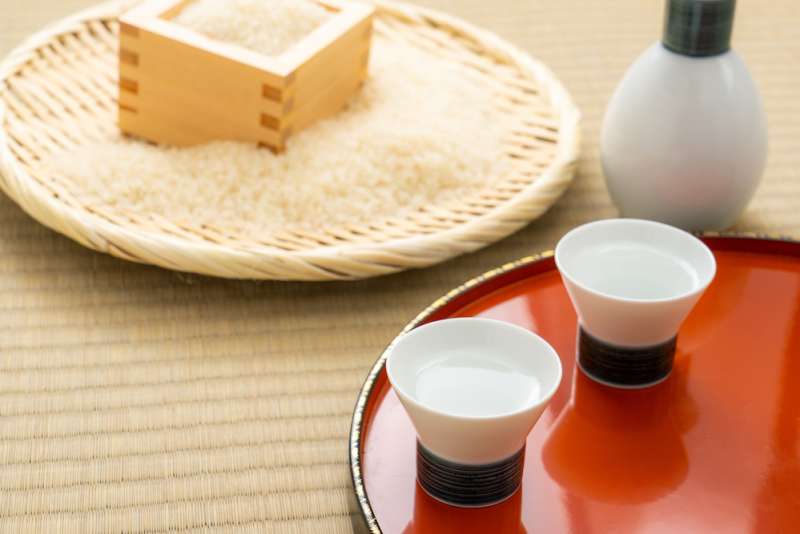
Sake is brewed throughout Japan, with each region having its own unique local sake
The ingredients used to make sake are specially grown rice, water, and koji rice malt. The taste of sake reflects the subtleties of its natural ingredients, so freshness and quality are paramount.
Sake is brewed in a complicated process called multiple parallel fermentation where the rice starch reduces to glucose and then ferments into alcohol in the same tank, at the same time. This brewing process requires extreme attention to detail, and it’s this care that bestows alcohol made from such simple ingredients with its unique flavors and aromas.

Sake is split into three main categories, depending on the degree of rice polishing and added alcohol involved in their production. Junmai-shu is unique, in that it’s made without added alcohol. The rice used in making Honzojo-shu is polished to a ratio of 70%, meaning the grains are reduced to 70% of their original size. This is one of the least-polished ratios. Ginjo-shu has a polishing ratio of 60%, making it more thoroughly polished. Each category has its own unique flavors and aromas.
Another type of sake is "pure sake,” made by squeezing moromi. Previously, it was only available for tasting at sake breweries, but now it’s sold in bottles. A perfect drink for summer, sparkling sake, with a low alcohol content of around 8% has a champagne-like flavor.
Sake is brewed everywhere in Japan. Small-to-mid-sized breweries with storied histories exist all throughout the countryside, making their own jizake (craft sake) in small batches —a wealth of regional taste treasures to enjoy.
Vessels for sake drinking
Sake is traditionally drunk from small cups called ochoko, poured from decanters called tokkuri. It can also be drunk from a wooden square rice-measuring box called masu. Some bars and izakaya serve sake in both, pouring sake until it overflows from the glass into the masu beneath it to show that you’re not getting just a full glass—your cup runneth over!

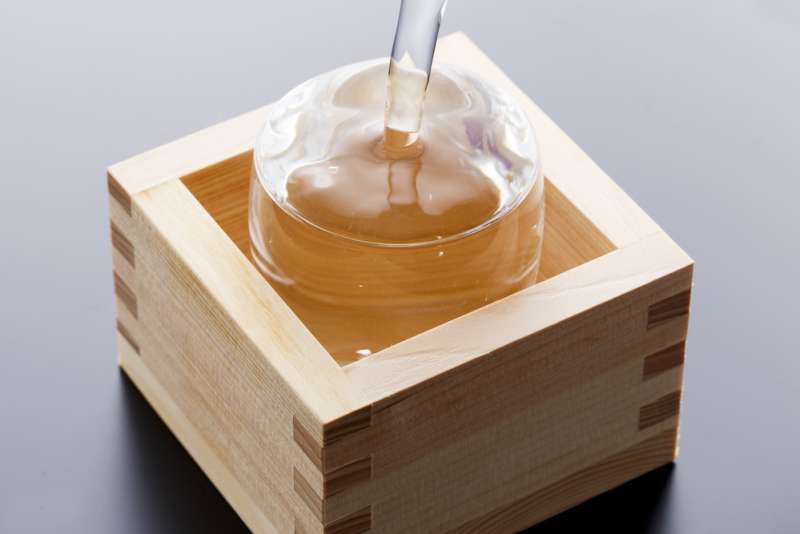
Encountering local sake on a trip is delightful
Don’t miss regional sake when you’re exploring Japan. Many sakes are only available near their sake brewery, so discovering locally made sake is a treat for travelers, guaranteeing a unique taste experience.
Sake matches differently with sushi or meat dishes, so feel free to ask which pairing the sake brewer or chef recommends. It’s a good question to start conversations with locals too, connecting over local sake paired with local cuisine.




















































